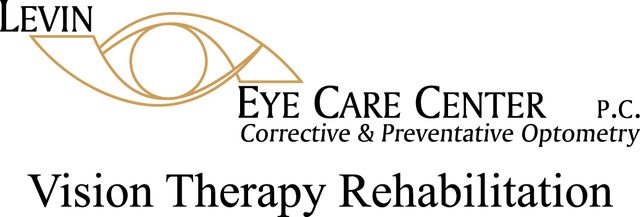Human eyesight is an incredibly complex system, and a problem like Glaucoma anywhere along the way can lead to seriously compromised vision.
One such problem is glaucoma, a group of eye conditions that affect millions of people in the US, making it the second most common cause of vision loss and blindness in the country. In most cases, this is the result of damage to the optic nerve from increased pressure in the eye.
Intraocular Pressure: A Delicate Balance
The human eye is filled with fluid — aqueous humor in the front chambers, vitreous humor in the larger rear chamber behind the lens. In a healthy eye, the pressure of this fluid remains within a safe range because the amount of aqueous humor being produced is equal to the amount flowing out through the pupil. In an eye with glaucoma, this drainage system does not work the way it should.
Common Risk Factors & Symptoms
While everyone has some risk of developing glaucoma, certain factors can make it more likely. Glaucoma is far more common in people over 60, particularly minorities. Also, people of Asian descent are at greater risk of angle-closure glaucoma. Glaucoma sometimes offers no symptoms until it has done damage and that’s why it’s so important to get a yearly comprehensive eye exam. Also, age and hereditary can increase risk along with high blood pressure, heart disease, diabetes, or sickle cell anemia.
A major risk factor for glaucoma is heredity. Someone with a sibling who has glaucoma is ten times more likely to develop it than someone who doesn’t. Other risk factors include eye injury and steroid use.
Why An Early Glaucoma Diagnosis Matters
Vision loss from glaucoma is irreversible and there is currently no cure for the disease, but medication and/or surgery can halt its progress as long as we diagnosed it in time. The key to early diagnosis is regular eye exams, especially for those with a high risk of developing the condition. Make sure you’re familiar with your family’s eye health history, and don’t forget to keep us in the loop!
